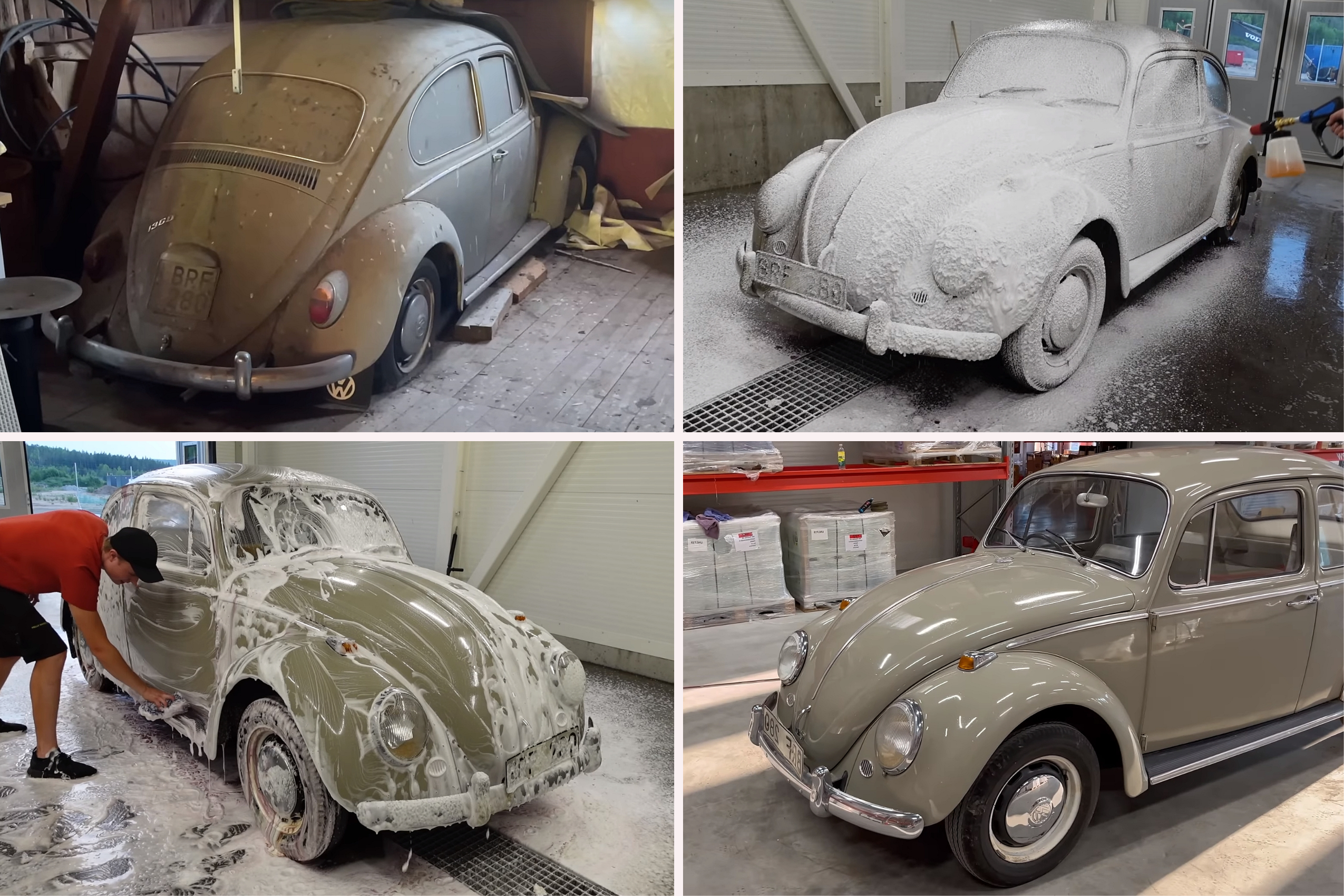Built from 1938 to 2003, the original Volkswagen Beetle has a few incredible numbers to brag about. For starters, it was sold for a whopping 65 years without a significant redesign, a unique feat in the automotive industry. It was built in no fewer than 21 factories spread across 17 countries and six continents. Finally, it moved a whopping 21.5 million units, which puts it among the five best-selling nameplates ever.

One of the most recognizable vehicles ever designed, the original Beetle is also a beloved classic. But it’s far from rare due to its high production output. Sure, models built in the late 1930s are indeed very scarce, while the ones from the 1940s are relatively rare, but Beetles made after 1950 are common regardless of the model year.

Production exceeded 100,000 units per year as early as 1952, and moved into 200,000-unit territory in 1954. It reached 500,000 examples in 1959 and surpassed the one-million mark in 1965. But this doesn’t necessarily mean finding a 1960s Beetle in good condition is easy. You see, back in the day, the Beetle was a throw-away product due to its affordable price. And as a result, many cars were abandoned in junkyards as more modern vehicles became available.

Sure, millions of restored Beetles are available out there, but unrestored and unmolested examples are getting increasingly harder to find. And that’s why I got all excited when an almost pristine 1960s example was dragged out of a barn somewhere in Sweden after 33 years. Yup, don’t let the thick dust and the bid poop fool you; this “bug” is an incredible time capsule. And you’ll see the “barn find to beauty” transformation in a very satisfying video below. Of course, I’m talking about a much-needed first wash and detailing.

Why was this Beetle stored for so long? Well, the footage doesn’t come with a detailed story, but it’s probably one of those instances where the owner either passed away or couldn’t drive the car anymore. Not surprisingly, the flat-four engine no longer runs, but the vehicle left the barn in great condition. Not only rust-free, but it’s also complete, and the upholstery was preserved under fluffy covers. And while gray isn’t the most appealing color out there, the fact that the cabin is draped in a matching hue makes for a cool combination.

So how rare is this Beetle? To answer this question, we must figure out the model year. And that’s not so easy to do without a VIN. However, some details provide valuable hints about when it arrived in showrooms. For starters, the larger taillights with separate amber turn signals suggest it wasn’t built earlier than 1962.

Then there’s the “1300” badge on the engine lid. It signals the existence of a 1.3-liter flat-four under the hood. The 50-horsepower mill was introduced for the 1966 model year as an option. The powerplant remained in production for many years. We also know that Volkswagen deleted the headlamp covers in 1967 and added larger taillights in 1968. In short, this Beetle appears to be a 1966 version.

Volkswagen built a whopping 1.08 million examples that year, so we’re looking at one of the most common Beetles made. 1966 is one of eight years when Beetle production exceeded one million units. But even though this year is very common, you won’t see many cars in this condition. Especially after sitting for more than three decades in a barn. All told, it’s quite a spectacular find and a vehicle I’m hoping will return to public roads soon.

